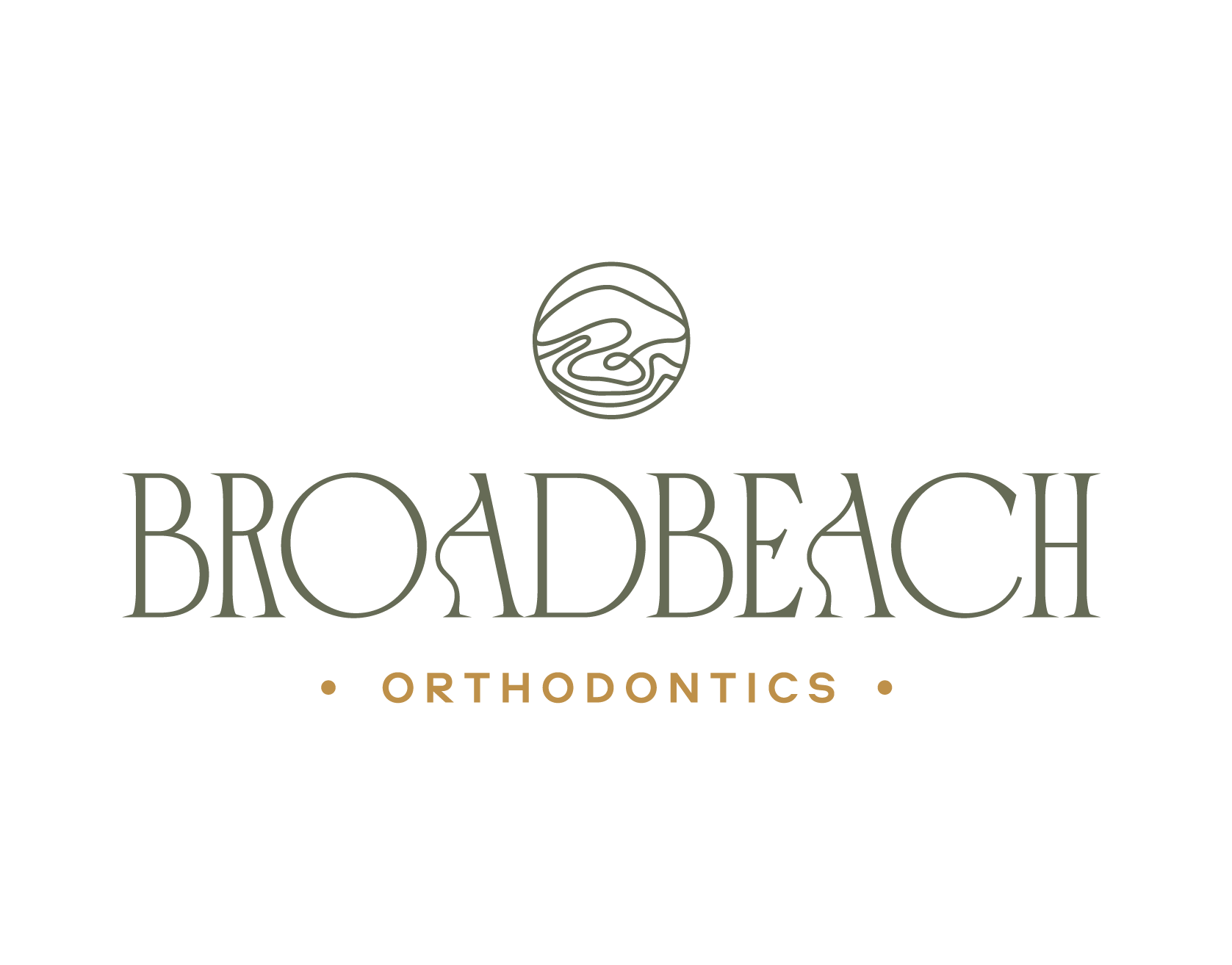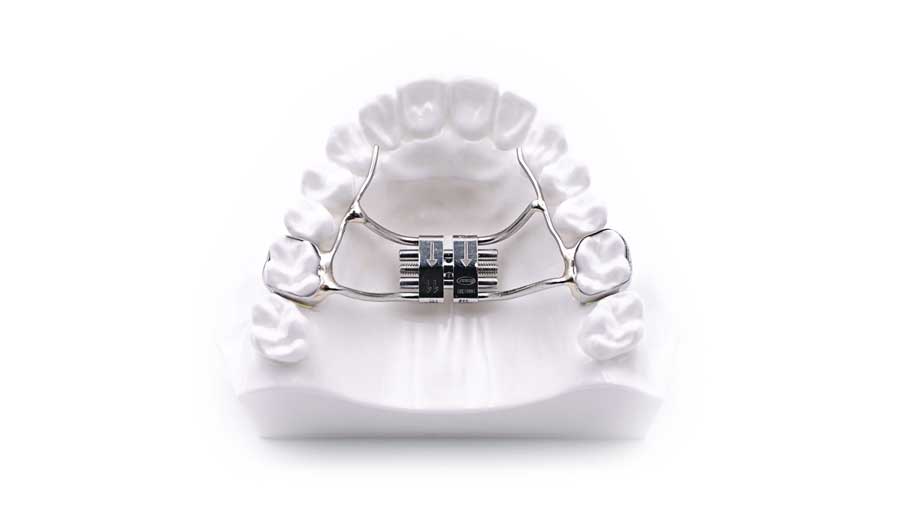Functional appliances are used in growing children, generally between the ages of age of 9 to 12 years.
This is usually but not exclusively a form of interceptive orthodontics or a first phase of orthodontic treatment, which guides the child’s natural jaw growth and development to better repositioning of the jaws and teeth.
Functional appliances can be fixed or glued in such as a quad helix, rapid palatal expander, herbst appliance or a Forsus spring; or removable plates such as twin blocks. A Reverse pull Headgear may also be worn for correction of underbites due to smaller upper jaws.
Palatal Expander: Effective Solution for Teeth and Jaw Issues
A palatal expander is a dental appliance used to address various teeth and jaw issues, known as malocclusions. Here are common reasons why a patient might need a palatal expander:
Crossbite Correction
A crossbite occurs when the upper teeth are positioned behind the lower teeth when the jaws are closed. A palatal expander corrects a crossbite by widening the underlying bone, preventing uneven wear, gum recession, and jaw problems.
Resolving Crowding
A narrow jaw can lead to inadequate space for teeth alignment. The expander creates space, allowing your orthodontic specialist to shift your teeth into their proper positions.
Who would need a Palatal Expander?
Palate expanders are most commonly used to treat growing children and young teenagers. An orthodontist determines the appropriate age for using an expander based on age, skeletal maturity, and gender. Proper use of expansion therapy can help avoid tooth extraction, tooth impaction, or excessive flaring of teeth.
If issues are not corrected with an expander during growth, patients may experience asymmetric jaw development, abnormal tooth wear, and bite problems, which can require surgery in adulthood. The ASO recommend consulting with your orthodontist to determine the best treatment options.
The timing of treatment is important.
For the best result, Orthodontics Australia recommends starting expansion treatment before or during your child’s peak growth spurt – which usually coincides with their teenage years. At this stage, the jaw is more malleable and likely to widen. To ensure you’re not leaving it too late, we recommend first consulting an orthodontist from age 7 so you can be prepared for all potential outcomes, including early interventions such as Palatal Expansion to help minimise future problems.
Types of Palatal Expanders
There are several types of palatal expanders, and your orthodontist will determine the best option based on your unique orthodontic condition.
Rapid Palatal Expanders (RPE)

This is the most commonly used expander, consisting of metal bands or rings affixed to molars and connected by a metal framework spanning the palate. Equipped with a screw mechanism at its center, the RPE gently widens the upper jaw over time when activated with a key.
Removable Expander

For milder cases, this expander provides a flexible solution that a patient can remove for cleaning, eating, and other activities. It consists of a custom-made acrylic plate that fits the patient’s mouth comfortably and securely.
Safety and Effectiveness of Palatal Expanders
Palatal expanders have been used for decades to treat orthodontic issues and are safe and effective, especially under the supervision of an orthodontic expert. Some discomfort may occur as you adjust to the expander, but it is minimal and temporary. With proper care, cleaning, and regular checkups, expanders are very effective. Palatal expanders are a fantastic tool in an orthodontist’s toolkit and can play an essential role in correcting your orthodontic issues.
Consult with Broadbeach Orthodontics to see if a palatal expander is the right solution for you or your child’s orthodontic needs.





